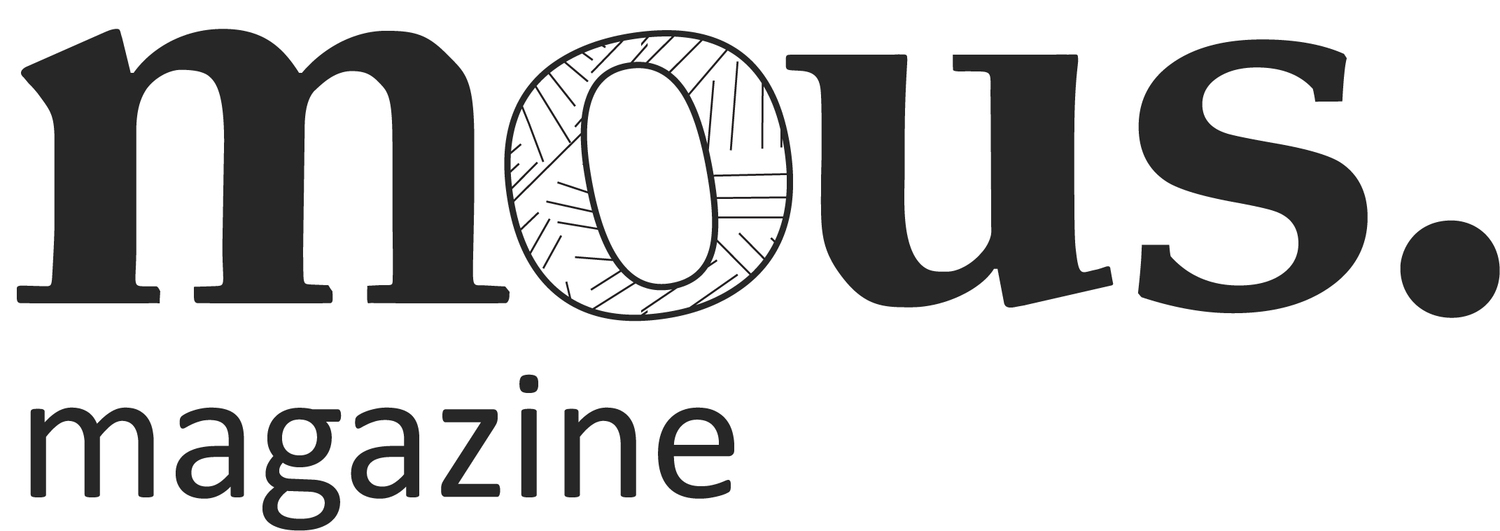/create/
If you attended ZICS over the weekend, you may have seen the women of femzine Woolf Pack peddling their wares, or their editor Rebecca Cheers leading a fearless panel about gender activism in comics and zines. I caught up with Rebecca in our Bardon office to talk DIY zine culture, feminism and Woolf Pack.
“It’s a terrible verbal pun but a really funny visual one,” Rebecca laughed as I asked the horribly lame ‘describe the name’ question. “I always find myself having to explain it; ‘it’s Woolf with two Os’.”
The zine covers broad material through a feminist lens, from pop-culture analysis to experiential pieces and everything in between. Rebecca painted a vivid picture as she described her initial imaginings of the zine, “I just had this image in my head of this pack of rowdy women artists and writers rampaging through the street, kicking over newsstands; it was all a bit aggressive.”
Woolf Pack has been running for around a year and a half, and the girls have released five issues in that time. “I think the original idea was to create a space where women, specifically, could make the art they wanted without having to ask anyone.”
Rebecca explained she was sick of the amount of rejection letters one usually gets before starting a degree: “I was being slightly petulant, but people don’t know that you can do your own thing.
“I looked around and saw that a lot of my friends who were incredible writers and artists weren’t really doing anything. They didn’t necessarily have time or space in their lives to work through conventional channels.”
And so Woolf Pack zine was born as a way for its contributors to express, and publish, themselves without having to ask permission. “Zines have got such a great history with feminism,” Rebecca says. “I think that the way this wave of feminism is playing out, with a focus on attempting to be intersectional and trying to be thoughtful across different movements, it’s a really good time for zines.
“We’re taking what was cool about riot grrrl, which was the empowering of young women to do stuff on their own terms, but also the sense of community it fosters. There’s nobody better than zine people, they’re so wonderful.”
I asked Rebecca for some words of wisdom for people new to the zine world, and she delivered. “The important thing to remember about zines is that nobody has to tell you that you can do it.
“When you’re trying to become a writer, sometimes there are all these existing structures and it’s really intimidating and it’s easy to become disheartened. But it’s so easy to make some stuff yourself and put it out there, and it’s good because if you’re aiming to work in those conventional structures, it gives you a lot of practise, a lot of experience.
“The cool thing about making zines is that you can make them on pretty much anything, you can doodle them on an a4 piece of paper page and then photocopy it and send it to sticky institute, or you can do what I do which is use Microsoft word to make a 40 page publication printed in your house,” she laughed. “So be a bit audacious, and Brisbane is so full of zine people and they are welcoming on a level I’ve never really experienced in any other community.”
Rebecca prints a physical issue in her own apartment, but you can also find the Woolf Pack archive on their website in PDF format, at Polyester Books and Sticky Institute in Melbourne, and Junky Comics in Brisbane.













